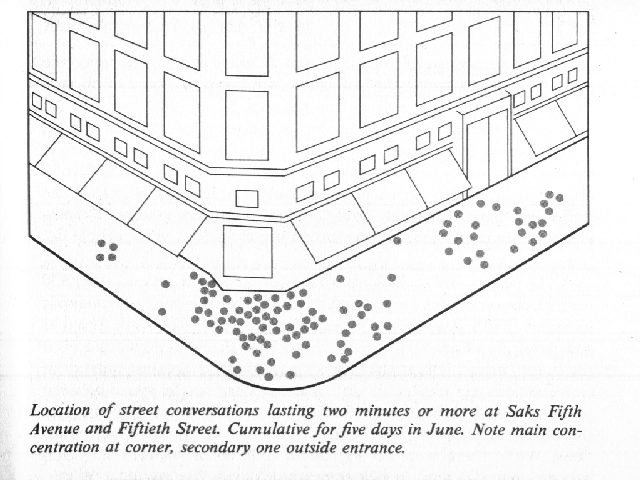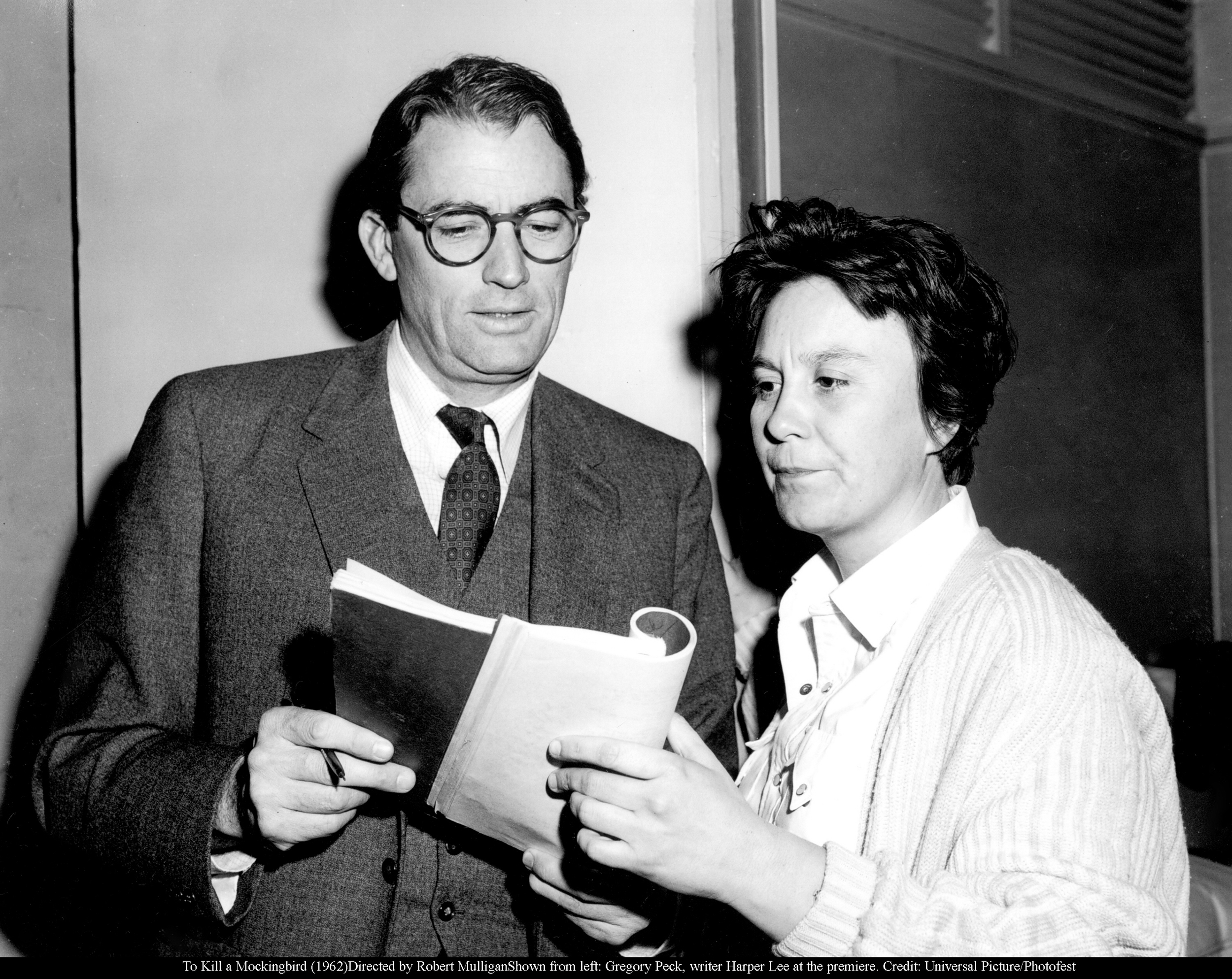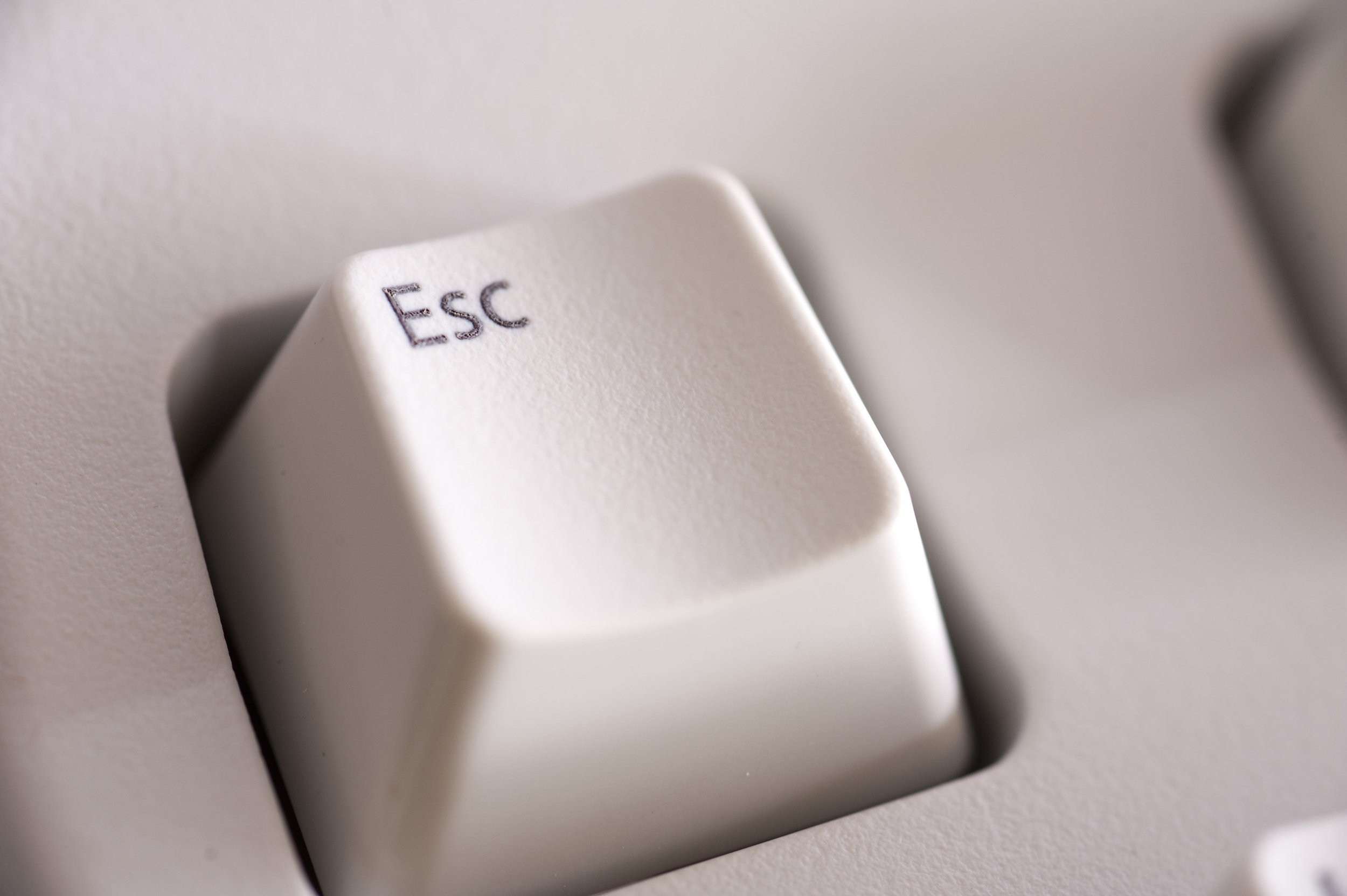[by Philip Hensher in The Guardian]
At some point in recent years, it has stopped being a necessary and inevitable intermediary between people – a means by which individuals communicate with each other, putting a little bit of their personality into the form of their message as they press the ink-bearing point on to the paper. It has started to become just one of many options, and often an unattractive, elaborate one.
For each of us, the act of putting marks on paper with ink goes back as far as we can probably remember. At some point, somebody comes along and tells us that if you make a rounded shape and then join it to a straight vertical line, that means the letter “a”, just like the ones you see in the book. (But the ones in the book have a little umbrella over the top, don’t they? Never mind that, for the moment: this is how we make them for ourselves.) If you make a different rounded shape, in the opposite direction, and a taller vertical line, then that means the letter “b”. Do you see? And then a rounded shape, in the same direction as the first letter, but not joined to anything – that makes a “c”. And off you go.
Actually, I don’t think I have any memory of this initial introduction to the art of writing letters on paper. Our handwriting, like ourselves, seems always to have been there.
But if I don’t have any memory of first learning to write, I have a clear memory of what followed: instructions in refinements, suggestions of how to purify the forms of your handwriting.
You longed to do “joined-up writing”, as we used to call the cursive hand when we were young. Instructed in print letters, I looked forward to the ability to join one letter to another as a mark of huge sophistication. Adult handwriting was unreadable, true, but perhaps that was its point. I saw the loops and impatient dashes of the adult hand as a secret and untrustworthy way of communicating that one day I would master.
There was, also, wanting to make your handwriting more like other people’s. Often, this started with a single letter or figure. In the second year at school, our form teacher had a way of writing a 7 in the European way, with a cross-bar. A world of glamour and sophistication hung on that cross-bar; it might as well have had a beret on, be smoking Gitanes in the maths cupboard.
Your hand is formed by aspiration to the hand of others – by the beautiful italic strokes of a friend which seem altogether wasted on a mere postcard, or a note on your door reading “Dropped by – will come back later”. It’s formed, too, by anti-aspiration, the desire not to be like Denise in the desk behind who reads with her mouth open and whose writing, all bulging “m”s and looping “p”s, contains the atrocity of a little circle on top of every i. Or still more horrible, on occasion, usually when she signs her name, a heart. (There may be men in the world who use a heart-shaped jot, as the dot over the i is called, but I have yet to meet one. Or run a mile from one.)
These attempts to modify ourselves through our handwriting become a part of who we are. So too do the rituals and pleasurable pieces of small behaviour attached to writing with a pen. On a finger of my right hand, just on the joint, there is a callus which has been there for 40 years, where my pen rests. I used to call it “my carbuncle”. “Turn right” someone would say, and I would feel the hard little lump, like a leather pad, ink-stained, which showed what side that was on. And between words or sentences, to encourage thought, I might give it a small, comforting rub with my thumb.
In the same way, you could call up exactly the right word by pen-chewing, an entertainment which every different pen contributed to in its own way. The clear-cased plastic ballpoint, the Bic Cristal, had a plug you could work free with your teeth and discard, or spit competitive distances. The casing was the perfect shape to turn into an Amazonian blowpipe for spitting wet paper at your enemies.
Our rituals and sensory engagement with the pen bind us to it. The other ways in which we write nowadays don’t bind us in the same way. Like everyone else, I write a lot on a computer, and have done for more than 20 years. I can identify the exact moment of my transition from writing with pen on paper to using a keyboard. It was when I submitted the first chapter of my PhD to my supervisor at Cambridge University, in 1987. I had handwritten it, not affectedly, but just because that was how I had always written essays. He marked it, sighed, handed it back and said: “In future, could you just type your work?” I did so, graduating inevitably from typewriter to computer. But in all that time, I haven’t yet evolved many warm sensations towards the object, being unable to suck it or regard it as a direct extension of my being, like a pen. The pen has been with us for so many millennia that it seems not just warm but almost alive, like another finger: “The moving finger writes, and having writ, moves on,” Omar Khayyám writes in Edward FitzGerald’s translation, and everyone knows what is meant.
Those other writing apparatuses, mobile phones, occupy a little bit more of the same psychological space as the pen. Ten years ago, people kept their mobile phone in their pockets. Now, they hold them permanently in their hand like a small angry animal, gazing crossly into our faces, in apparent need of constant placation. Clearly, people do regard their mobile phones as, in some degree, an extension of themselves. And yet we have not evolved any of those small, pleasurable pieces of behaviour towards them that seem so ordinary in the case of our pens. If you saw someone sucking one while they thought of the next phrase to text, you would think them dangerously insane.
We have surrendered our handwriting for something more mechanical, less distinctively human, less telling about ourselves and less present in our moments of the highest happiness and the deepest emotion. Ink runs in our veins, and shows the world what we are like. The shaping of thought and written language by a pen, moved by a hand to register marks of ink on paper, has for centuries, millennia, been regarded as key to our existence as human beings. In the past, handwriting has been regarded as almost the most powerful sign of our individuality. In 1847, in an American case, a witness testified without hesitation that a signature was genuine, though he had not seen an example of the handwriting for 63 years: the court accepted his testimony.
Handwriting is what registers our individuality, and the mark which our culture has made on us. It has been seen as the unknowing key to our souls and our innermost nature. It has been regarded as a sign of our health as a society, of our intelligence, and as an object of simplicity, grace, fantasy and beauty in its own right. Yet at some point, the ordinary pleasures and dignity of handwriting are going to be replaced permanently.
The question is: should we even care? Should we accept that handwriting is a skill whose time has now passed, or does it carry with it a value that can never truly be superseded by the typed word? Sometimes, however, it does matter in the most brutal economic or human sense. This has been true even before the invention of the internet transformed everything. American Demographics claimed that bad handwriting skills were costing American business $200m in 1994. Thirty-eight million unreadable letters couldn’t be delivered. Kodak said that 400,000 rolls of films couldn’t be returned because names and addresses were illegible. Does it still matter now that there is no film-development industry any more and not so many hand-addressed envelopes to misread? Well, in 2000, a US court awarded $450,000 to the family of a Texas man who died after a pharmacist misread the doctor’s handwritten prescription. In a 2005 Scottish case, the court heard that the handwriting of a staff nurse called Fiona Thomson in Airdrie, Lanarkshire was so appalling that a colleague misread an instruction to give four units of insulin for 40. The patient, Moira Pullar, died, and the nurses and hospital were savagely criticised by the judge at the inquest.
Repeated anecdotal evidence suggests, however, that few people now believe that handwriting is something that ought to be improved in the interests of communication. What does it matter if your aunt’s birthday card gets lost in the post? All these cases are arguments for the printed prescription, ordering everything over the internet with typed details, never setting pen to paper.
In this world, we understand that people will write exclusively on keyboards. When such people are forced, by rare circumstance, to write a letter by hand, do we forgive the ugly confusion on paper made by those who have taken the decision, or had the decision forced on them, not to write by hand any more? Some recent public episodes suggest that this isn’t yet the case. We seem to believe both that handwriting doesn’t matter, since everyone types, and that when people do write a handwritten letter, it ought to be elegant, graceful and well practised.
I’ve come to the conclusion that handwriting is good for us. It involves us in a relationship with the written word that is sensuous, immediate and individual. It opens our personality out to the world, and gives us a means of reading other people. It gives pleasure when you communicate with it. No one is ever going to recommend that we surrender the convenience and speed of electronic communications to pen and paper. Though it would make no sense to give up the clarity and authority of print which is available to anyone with a keyboard, to continue to diminish the place of the handwritten in our lives is to diminish, in a small but real way, our humanity.





